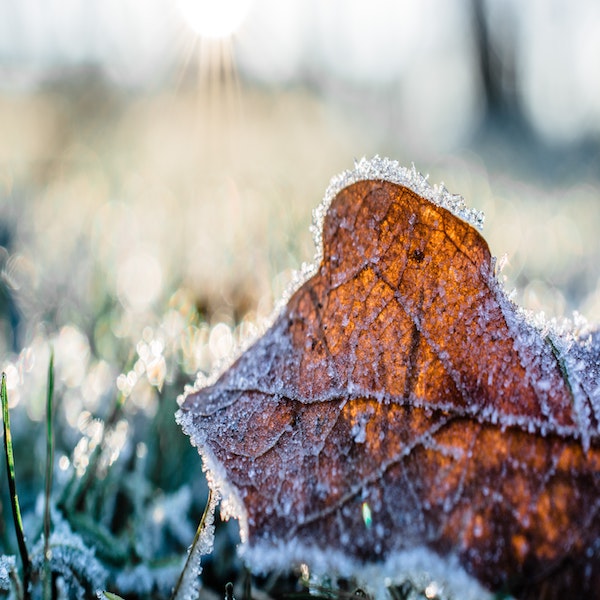Why Do Frost Dates Matter For Your Garden?
•Posted on November 01 2019

Planting a garden in any other season rather than Spring can be challenging.
Gardening in Winter and Fall can prove to be especially difficult in certain locations.
This is why it’s important to keep in mind to the frost dates noted for the area where you live.
Read on to learn what frost dates are, how they differ from freeze dates and how both can affect your cold month harvests.
What is a Frost Date?

A frost date is generally defined as the day where the likelihood of the ground being frost-free is around fifty percent.
Due to geographical differences and local weather, there can often be considerable differences in frost dates around the United States.
Frost dates are determined based on analysis of data compiled by the United States Department of Agriculture over the last thirty years.
How Does a Frost Date Differ from a Freeze Date?
Weather monitoring stations class freeze dates as any day where the temperature falls below 32°F, whereas a frost date is any day that the temperature reaches 36°F or below.
Both of these can be harmful for plants, but a winter garden is usually the most inhospitable environment for all but the most frost tolerant of plants.
What Does a First and Last Frost Date Mean?

Frost dates are the days of the year when it's estimated to be 50 percent likely that the ground temperature will drop below freezing, and the ground will frost.
In Spring there is a last frost date, and in Fall a first frost date. The two dates are often just guidelines and the actual date can vary based on your individual location.
Due to topographical differences, determining an exact date is challenging.
Experienced gardeners generally accept a window of two weeks after the last frost date and two weeks before the first.
The dates between the last and first frost days are the safest time of year to plant in your garden and is when you should be harvesting your last vegetables of the season from your Fall garden.
How Do These Dates Affect Plant Health?
The period of time between the first and the last frost dates can be a difficult time to keep plants healthy.
Frost can kill plants when the earth loses enough heat and there's a freezing temperature at ground level.
Also, it's possible that the ground remains warm while frost hovers above ground level.
When this happens, the frost will kill the tops of your plants and the lower parts that are closer to the ground will continue to look green and healthy.
How Do Frost Dates Differ by Location?

As mentioned previously, there can be a huge difference in first and last frost dates throughout the United States.
It depends on the state you live in and can even come down to individual microclimates in your county or city.
How Can Someone Learn What Their Location's Frost Dates Are?
There are a number of different ways that you can learn about your area's frost dates.
There a number of online frost date calculators that can give you a rough idea of when the dates may occur.
You may also wish to speak to an experienced gardener about their experiences with frost dates in the past, as they may also be able to give you an estimate of when you should expect the first and last frost.
We are a leading supplier of organic and eco-friendly garden fertilizers. We stock products suitable for all kinds of gardening and plants.
Related Posts:
- 6 Frost Tolerant Vegetables You'll Want in Your Garden
- Why Cover Crops Are Important in the Fall
- How to Grow a Successful Indoor Garden
Comments
0 Comments
Leave a Comment